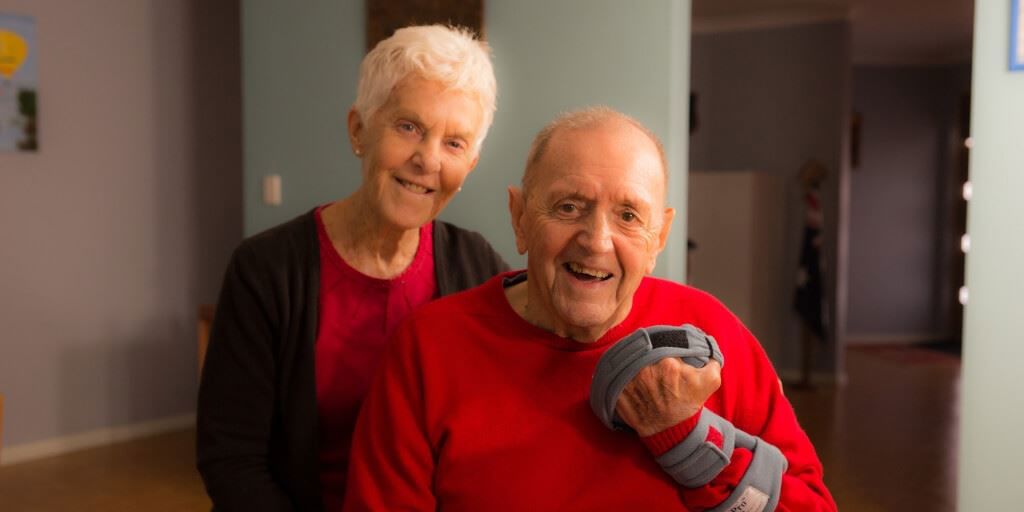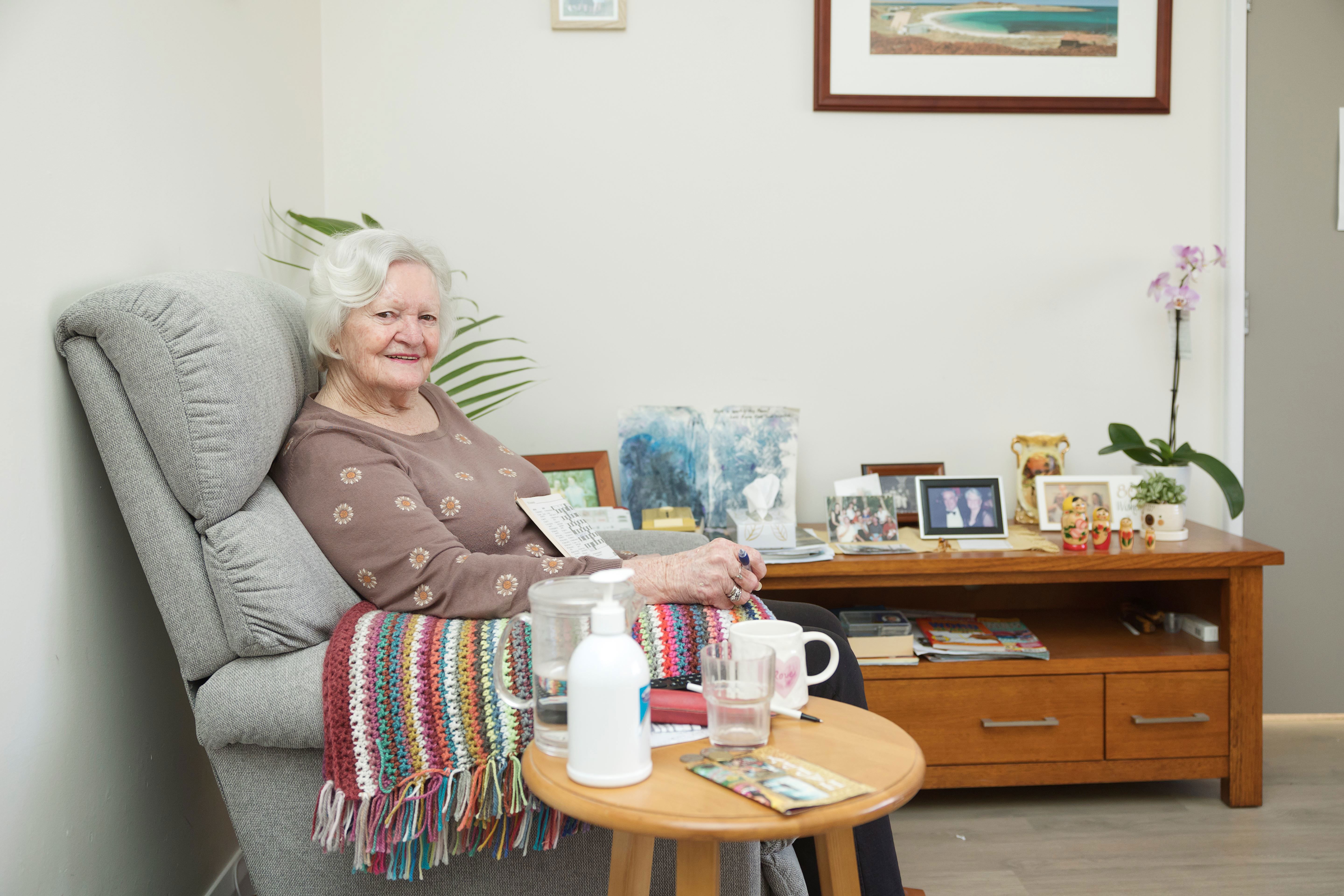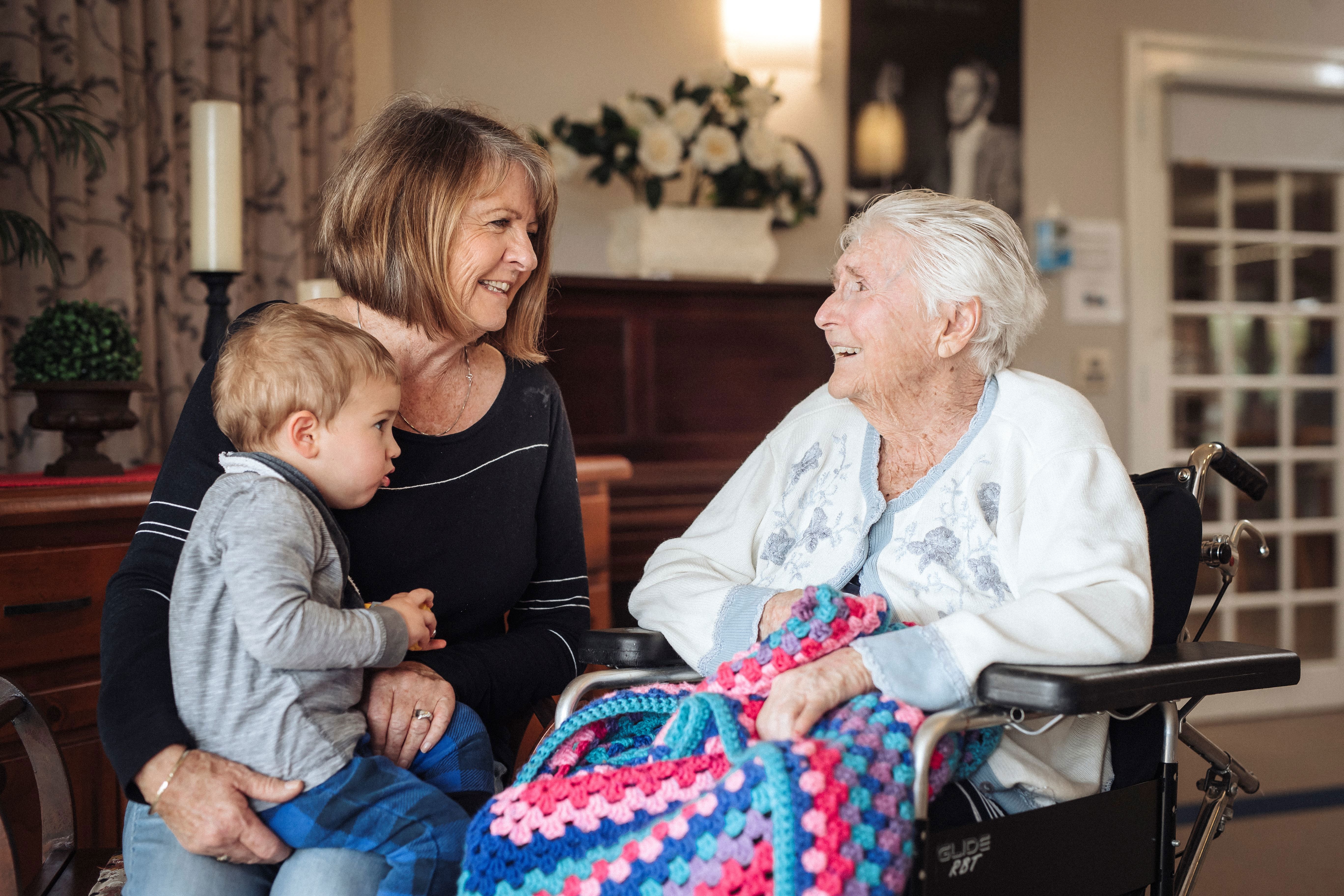
No-one wants to put a loved one in residential aged care. Choosing an aged care provider can be a daunting task, especially for those who are new to the aged care system. Making a thoughtful decision requires careful consideration and planning for new residents or those contemplating a move to a new provider.
Brightwater Client Support Officer Carolyn Swansen has helped hundreds of people navigate the Australian aged care system when deciding which provider to choose. She offers valuable insight and tips on how to make an informed decision, gleaned from nearly two decades working in residential aged care.
Five steps to finding an aged care provider
Before your selection process can get underway, Carolyn said, certain requirements need to be met so you or your loved one can be accepted into aged care. No aged care provider can accept a new resident without the correct referrals and approvals in place.
Step one: Request an assessment referral
The Australian Government funds Aged Care Assessment Teams (ACAT) to provide aged care assessment services. Trained assessors carry out aged care assessments to determine whether an older person is eligible for government-subsidised aged care.
“You can go to your GP and ask for a referral, or visit the My Aged Care website and request an ACAT assessment,” Carolyn said.
“You can’t enter aged care without an ACAT assessment and approval.”
The My Aged Care website has a wealth of information for anyone interested in all aspects of aged care services in Australia.

Step two: Find out if you’re eligible for residential aged care
Assessments are done in person with someone from the ACAT team. They will come to your home at a pre-arranged time. Once your assessment is complete, you will receive a letter within two to six weeks to let you know if you’re eligible for residential aged care.
“The assessment needs to be done first because the provider will ask to look at the ACAT or ask for your referral code,” Carolyn said.
“Without that referral code, we can’t determine if a person has been approved for care or what type of care they need.”
Step three: Learn how much funding you’ll receive
The next step is another assessment to determine how much government funding you’re eligible to receive. The Australian Government pays for most aged care costs, but you will need to contribute to the cost of your care if you can afford it. (In Australia, you will never be denied care if you can’t afford it.)
“I advise people as soon as they’ve had their ACAT assessment to get their Centrelink or Department of Veteran Affairs (DVA) assessment,” Carolyn said.
“The income and asset assessment tells you how much you’re going to pay for your residential aged care services.
“They also determine what rate aged care providers can charge for services, we don’t set those rates ourselves.”
When moving into residential aged care, you may be asked to pay one or more of the following costs:
- A daily accommodation payment (DAP) for living costs such as meals, power and laundry
- A means-tested care fee towards the cost of care
- A refundable accommodation deposit (RAD) for the residential facility, based on the assessment of your income and assets. This is paid in the form of a refundable bond
- Fees for extra or additional optional services if you choose a higher standard of accommodation or additional services.
“If you’re needing care in the next four months, it’s important to get your income and asset assessment as soon as possible,” Carolyn said.
“It can take weeks, even months to be processed at Centrelink.
“When the Centrelink letter telling you how much you need to pay arrives, it’s only valid for four months, then it expires.”

Step four: Start your research
Once you know you’re eligible for residential aged care and know how much funding you’ll receive from the government, you can start looking for an aged care provider. Avoid doing endless Google searches for individual providers by using these recommended resources:
- My Aged Care lets you search by location or provider name and compare providers. It includes costs, quality, and compliance information. The 5-star rating system helps simplify decision-making.
- Aged Care Online also provides detailed information on providers including residential aged care, home care and retirement living.
- Another good source of information is the Aged Care Guide. It’s an independent resource endorsed by the Aged Care Industry Association (ACIA), COTA (formerly known as the Council on Ageing), and Aged and Community Care Providers Association (ACCPA).
All three sites let you filter your search by vacancy if you need to quickly find an empty room for your loved one.
Step five: Contact residential aged care providers
Once you have a shortlist of suitable providers, it’s time to make phone calls and schedule meetings with facility managers. You’ll be armed with all the information they need to know whether you or your loved one is a good fit for their organisation.
If no rooms are available, you can ask to be put on a waitlist. As you move up the list, the facility manager will contact you for a short tour.
Facility tours
People often want a full tour of an aged care facility, but don’t expect it to happen. Many providers have virtual tours. Carolyn said there’s a good reason to wait until a room is available for a full tour.
“It’s a residence where people live. It’s their private home,” Carolyn said.
“To have people constantly walking through is quite daunting to the people that live there.
“You won’t be offered a tour in the early stages of your search so we can preserve that sense of home for our residents.”

Importance of making decisions early
Tackling your search for an aged care provider using these five steps will ensure you’re addressing the right issues, in the right order. It will save time and help streamline your decision-making.
It can be hard to get into an aged care bed. Carolyn said the key to success is to do the necessary groundwork as soon as possible.
“Sometimes people end up going to a provider that is not their choice,” Carolyn said.
“The groundwork needs to be done in advance to give your loved one the best possible chance of going to a place they prefer.
“You’ve got to have your name down at all the different providers you’ve selected.
“The more providers where you have your name on lists, the better chance you’ve got.”
More information on choosing a residential aged care provider
If you or a loved one are looking for information on Brightwater’s aged care options, visit us online. Or, if you would prefer to chat through your options, give us a ring on 1300 223 968.



